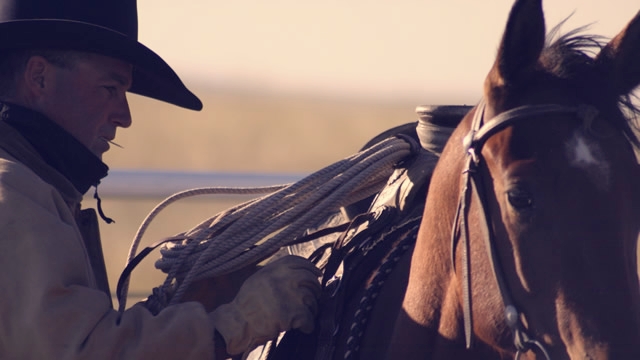Written by Martin Black
This article originally appeared in Eclectic Horseman Issue No.34
Today there are all levels and all types of horse people and horses. As horses change homes, whether it is changing owners or trainers or from one rider to another, horses can be the victims of being misplaced. When this happens the horse may pay a price, and along with that someone in the horse’s history can get a bad reputation for whatever influence they may have had with the horse not fitting his new situation. It is important to take a new horse for what he is and not for what we may have expected or hoped for. It is not going to help our relationship with the horse or our enjoyment or safety by expecting more than what the horse is capable of.
Too often a horse is judged on his age alone. For example, just because a horse is over five years old he may be expected to perform certain maneuvers or accomplish certain things, and if he doesn’t or can’t, the handler might just add more pressure. The fact of the matter is, it is not lack of effort to comply but rather lack of knowledge and experience from the horse.
On the same note, some people will expect a horse that has had a certain amount of training to be able to perform certain maneuvers or drills. Again the horse may not have had any or little exposure to what the new handler would expect of the horse. All this might be avoided if the new handler, if possible, could communicate with the previous handler to learn what kind of experience the horse has had. Of course, many times this isn’t possible or convenient, and we need to rely on being able to communicate with the horse, rendering what he is telling us he has experienced and what he has not.
As the recipient of a new horse, it is not fair to the horse to have certain expectations based on information passed along with a horse or our greed and hopes that we may have gotten more horse than what is actually available to us.
As the person passing the horse on, for the horse’s sake, we should try to communicate with the new handler to inform him of what experiences, good and bad, the horse may have had. Also, it is important to point out if the horse has had any bad experiences that would leave a lasting impression and may resurface if exposed to similar circumstances.
And finally, we need to realize some horses are going to be more sensitive than others. Most horses today are bred to be gentle, but many performance horses are bred to have more life, quicker reflexes, and be more alert to outperform their competition. With age and experience they learn when to switch on and when to remain calm, but with this kind of horse in the early stages we need to be very sensitive to him.
In days gone by, these more sensitive horses in one way or another were taught submission, or “desensitized.” Some methods may not have been very kind but they made a safer horse. Today there are methods that “desensitize” these horses, and again, a safer horse can be produced.
A sensitive horse is not a bad thing if the person is aware of the horse and has the ability to understand what the horse is thinking and can avoid triggering something within the horse that may work against us. If a person doesn’t have the experience or the ability to feel or know what a horse is going to do before he does something that may get them in trouble, then the horse needs to be “desensitized” to the level that the person can be safe. But the person should be trying to become more aware of the horse and not take away so much of the horse’s sensitivity and later have to confuse the horse with “sensitizing” him again.
When a horse is unsure of anything he will want to lean on the side of security by getting away from what he suspects may harm him. If he feels he cannot escape, he will fight. We need to realize this isn’t a horse wanting to do the wrong thing, but rather a horse that doesn’t know what the right thing is. He doesn’t trust us to look after his best interest, so he is going to protect his own best interest the way he sees fit.
It is our responsibility to identify this oversight and help the horse to not feel threatened. This may mean gently reassuring him and not being too forceful or too quick. Instead, if we wait and watch the horse for signs that he is OK with what we are doing and then slowly ask if he is OK to move on, the horse will feel a lot better about accepting new things. Remember, when we are trying to communicate with a horse, he doesn’t always translate things the way we are intending. That’s when we need to realize our message got lost in translation and go back and try again, maybe in a little different, or a lot different, way.
This article originally appeared in Eclectic Horseman Issue No.34


